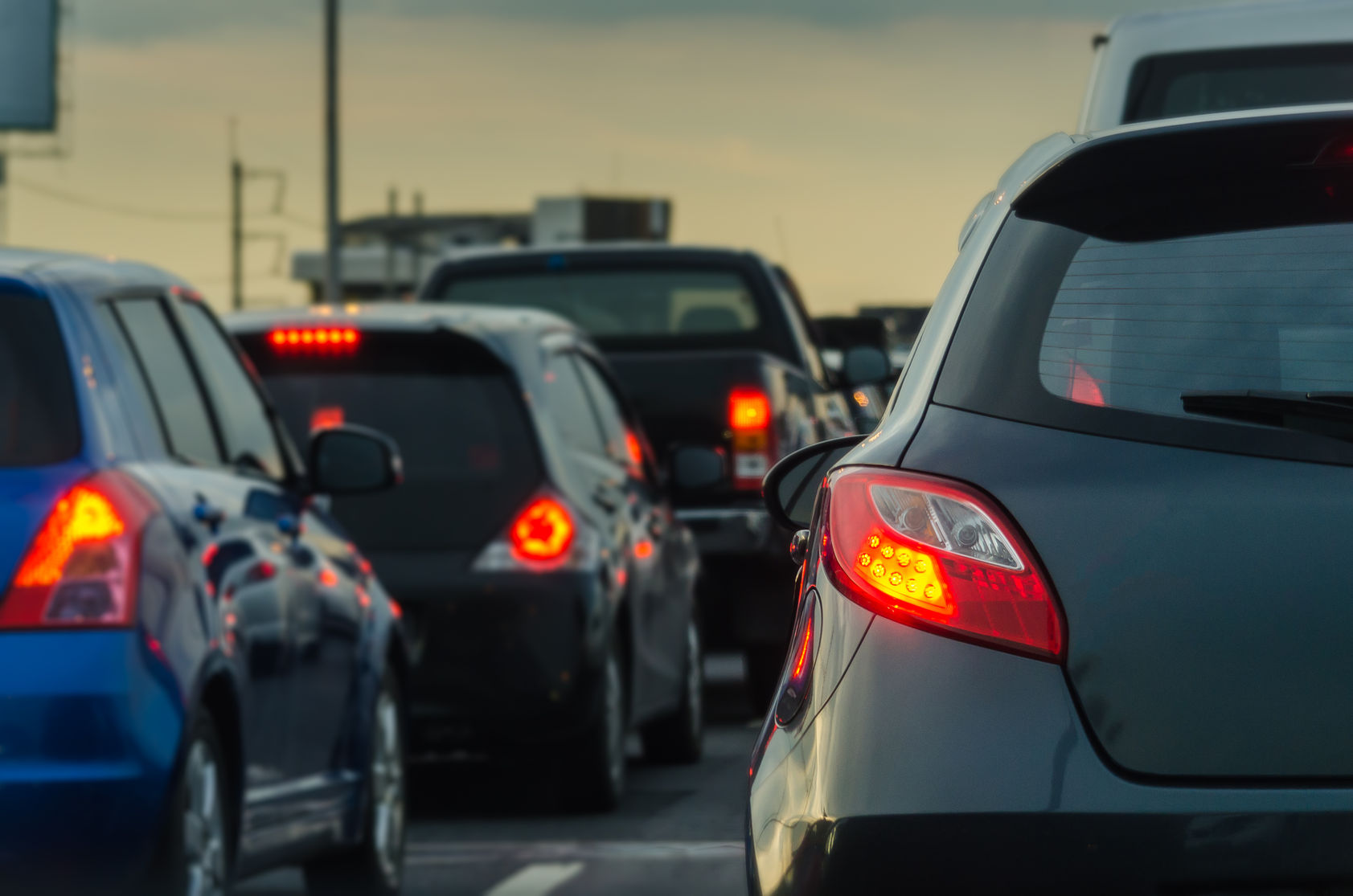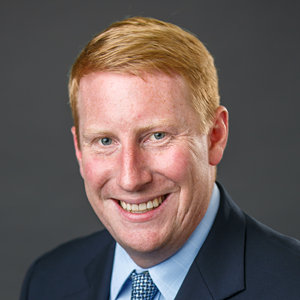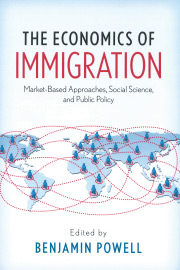Virginia’s recent introduction of high-occupancy tolls (HOT) on Interstate 66 near Washington, D.C., has angered some commuters and politicians. But since gridlock frustrates millions of commuters every day, the introduction of flexible road pricing will help solve this national problem.
Commuters are delayed in traffic an average 63 hours per year in the 15 largest urban areas of the United States. Washington, D.C., is the worst among these, averaging 82 hours. Even in smaller metro areas, with populations under 500,000, commuters are delayed an average 30 hours per year.
Any economist knows that congestion, like long lines, signals a shortage at the legal price. The price for using most roads is zero. Drivers all pay the same gas and excise taxes whether they use a busy highway or an empty stretch of country road, whether they drive at rush hour or late at night. We have a shortage of road space because people do not pay to use roads based on scarcity of space relative to demand.
The introduction of HOT in Virginia begins to address the problem. Single-passenger cars with internal-combustion engines—carpools and hybrids remain free—are charged a toll that varies according to road congestion during the peak morning and afternoon commute hours on the 10-mile stretch of I-66 between the Capital Beltway and Washington, D.C. When the road becomes congested, the price goes up. When the traffic flows freely, the price comes down.
Morning tolls reached a peak price of $40 the first week they were implemented, but often were around half that price. Some afternoon tolls were as low as $6.25.
Gridlock never appeared. Average commute speed in the first two days of tolling ranged between 54 and 57 miles per hour.
Some Virginia politicians claim these prices are “outrageous” and “unacceptable,” but they are doing what they are supposed to do. Prices allocate scarce resources to the people who value them most and encourage people to find substitutes. In the case of I-66, those substitutes in the short run are other roads, public transit, or carpooling. Long-run substitutes include choosing different places to live or work.
Although variable pricing on I-66 is a step in the right direction, other freeways around the metro area remain unpriced and so will see increased congestion as people switch to avoid paying high tolls. Complete variable pricing over the entire freeway system would lead to much less congestion, more efficient commutes, and in the long-run, more efficient land use.
The technology to implement such a system has existed for years. SR-91, a government highway in Orange County, California, was extremely congested, but no government funds were available for expansion. So the government leased the median to a private consortium for private express lanes. The 10-mile, four-lane private highway was opened in 1995. Drivers could choose to remain on the congested “free,” government highway or to pay a variable electronic toll for the private express lanes. Traffic in the toll lanes moved faster and the private company operating them even provided free roadside assistance to cars that broke down in order to keep traffic—and revenue—flowing.
The politics that comes with government ownership of freeways is the main reason our congestion problem remains unsolved. Unlike private owners of scarce resources, government officials don’t profit when they correct the inefficient use of their roads.
Private firms have a profit incentive to create a pricing system that maximizes the total value of roads for society. In contrast, politicians debate whether tolls should be set to maintain speeds around 55 miles an hour or whether tolls should be lowered so speeds only average 45 miles an hour. This, however, is an economic question, not a political one. A profit-and-loss statement is the best way to figure it out.
The introduction of some variable-toll pricing on a freeway in our country’s most congested metropolitan area is a good start. But, as the book Street Smart argues, we need comprehensive privatization and the freeing of competitive entrepreneurial discovery to solve our traffic problems.












